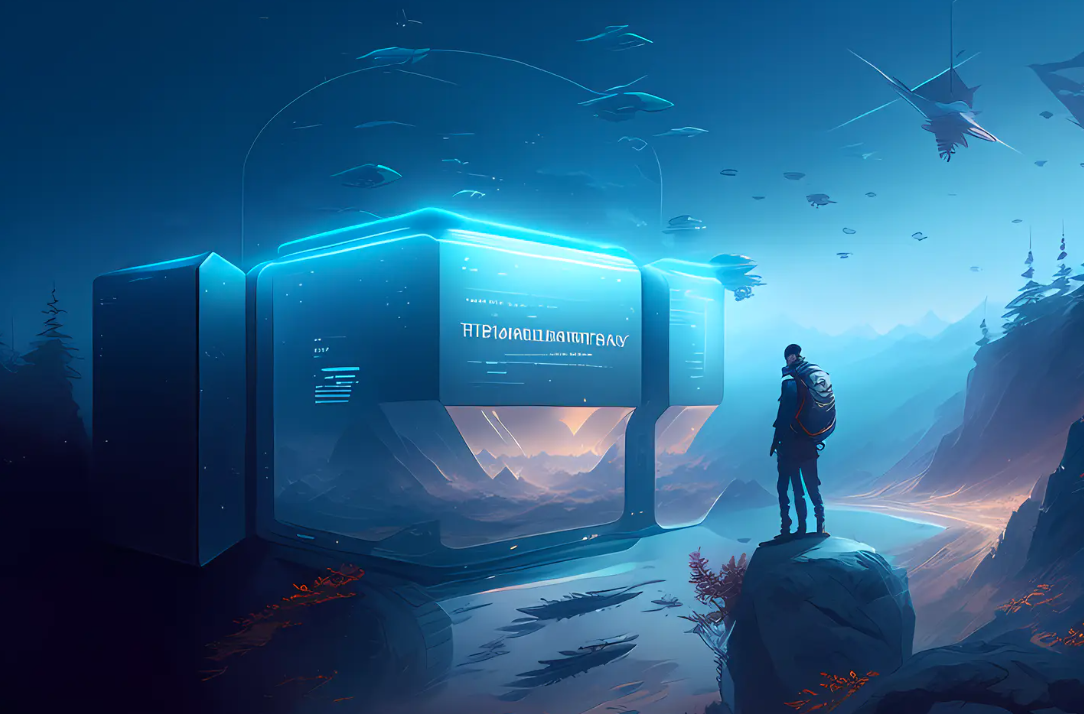
Will artificial intelligence replace humans? With the emergence of ChatGPT, humanity has become increasingly uncertain about the answer to this question. On March 15th, 2023, OpenAI released the multimodal pre-trained large-scale model GPT-4, showcasing a monumental improvement in artificial intelligence:
First, GPT-4 is more powerful than ChatGPT. It is more creative and collaborative than ever before, capable of generating and editing text, audio, and images, and iteratively collaborating with users on creative and technical writing tasks. Additionally, GPT-4 can process text of over 25,000 words, allowing for use cases such as creating long-form content, expanding dialogue, and document search and analysis. Furthermore, GPT-4 introduces a new language style. Unlike the classic ChatGPT with fixed, verbose tones and styles, developers (and eventually, ordinary users) can now specify their AI style and task through a "system" message, thus having a "customizable" ability.
Second, it is a multimodal large-scale model. In addition to enhancing text capabilities, GPT-4 brings new abilities, such as multi-modality, that accept images as input and generate descriptions, classifications, and analysis results. Specifically, it can autonomously generate text outputs, such as natural language and code, when users input distributed text and images. GPT-4 exhibits the same level of powerful features as pure text input in documents, charts, and screenshots that include text and photos. Additionally, it can evolve through a testing-time technique developed for pure text language models by utilizing a few frames and thought chains prompts.
Experiments show that GPT-4 performs comparably to humans on various professional tests and academic benchmarks. For example, it passed a simulated lawyer exam, scoring in the top 10% of test takers, while GPT-3.5 scored in the bottom 10%.
GPT-4 made people realize that AI is no longer just a tool or an assistant, but a partner that can communicate, collaborate, compete, and even surpass humans. Multimodal large-scale language models are the foundation of embodied intelligence, equivalent to the brain, but they also need a body to interact with the physical world. Therefore, the next step is embodied intelligence that combines the brain with the body (such as robots), using reinforcement learning to obtain real feedback and learn new knowledge from the real world. At the same time, large-scale language models may have an impact on or merge with traditional fields such as image processing and natural language processing, and may bring new applications and challenges to industries such as education, entertainment, and healthcare.
GPT-4 has already accumulated some commercial clients. For example, Stripe uses GPT-4 to scan business websites and provide summaries to customer support staff, Duolingo builds GPT-4 into its new language learning subscription tier, Morgan Stanley is creating a GPT-4-driven system that retrieves information from company documents and provides it to financial analysts, and Khan Academy is using GPT-4 to build some sort of automated tutor.
GPT-4 has pushed large models to a new height, even a "cliff-like" lead. Tech companies both at home and abroad, including Google and Baidu, will inevitably face the awkward situation of "releasing is falling behind," while Microsoft, lying behind OpenAI, undoubtedly enjoys significant advantages and opportunities.

Hotline:400-0066-535
Landline:0592-2626666
Email:sjwy@century-albert.com
Address:Room 402, No. 57, Wanghai Road, Software Park 2, Siming District, Xiamen City